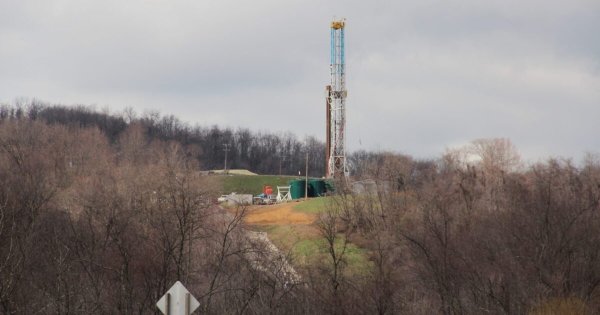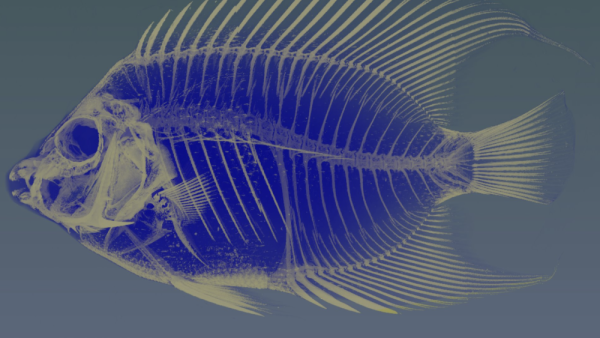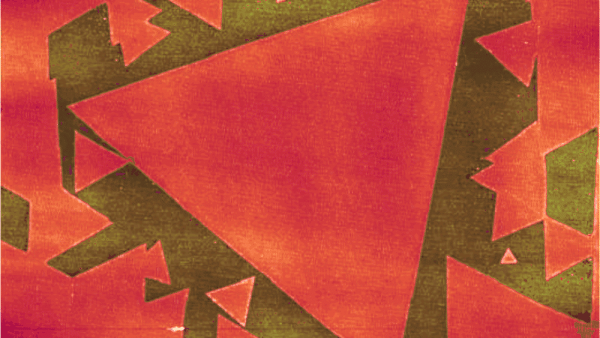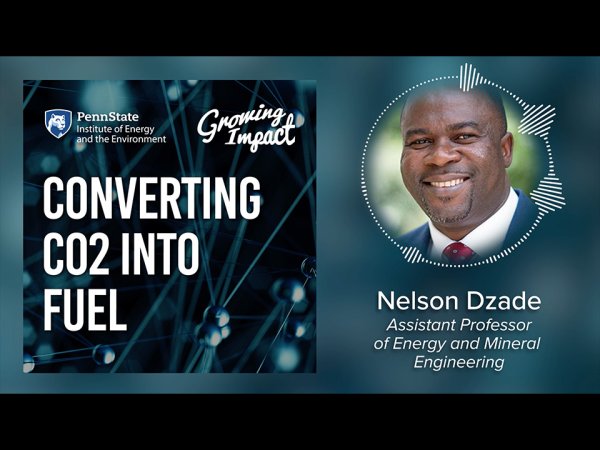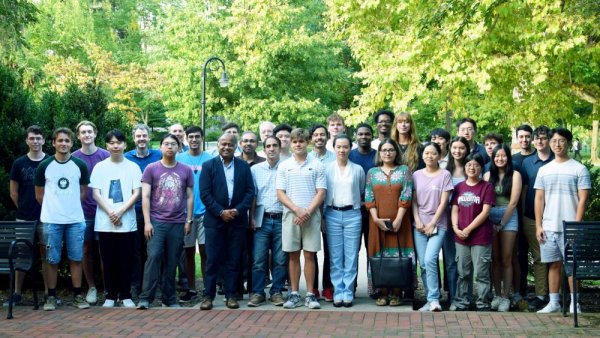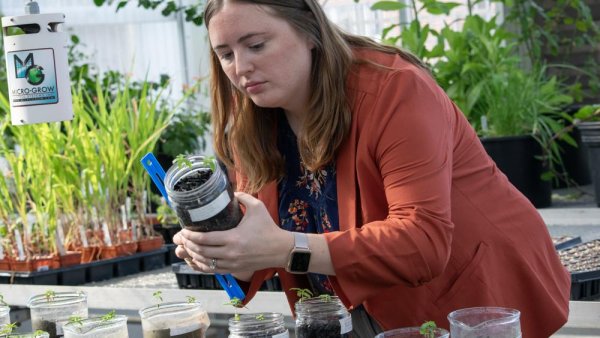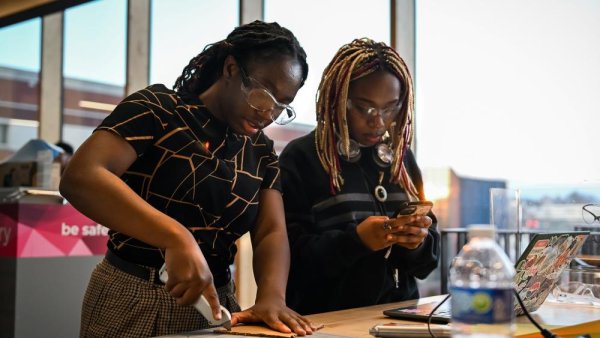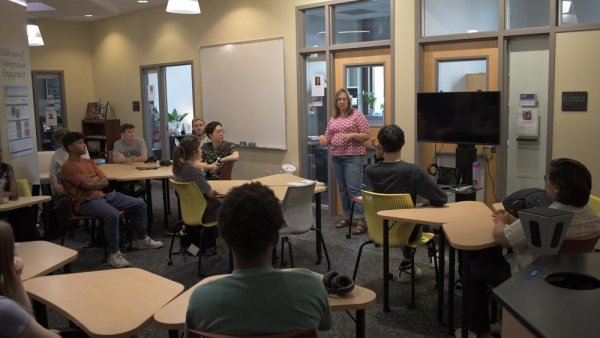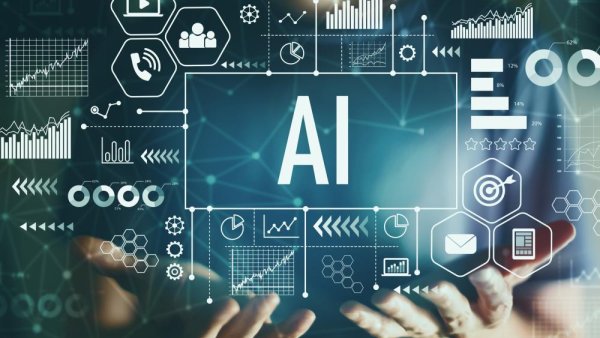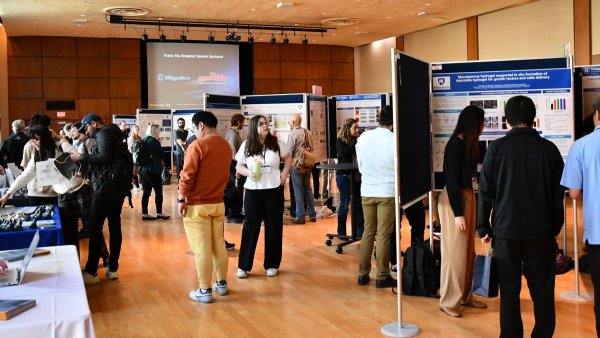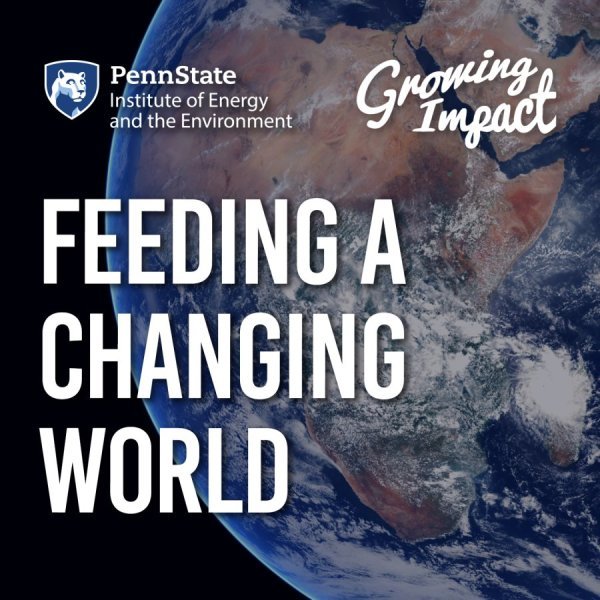Scientists skeptical of oil and gas company’s claim that its fracking ‘poses no public health risks’
| wesa.fm
CNX says a research project it is conducting as part of a voluntary collaboration with the state of Pennsylvania has found no health risks near its operations, but scientists remain skeptical. This article quotes Jennifer Baka, associate professor of geography.
Revealing invisible educational opportunities through CT scanning
| psu.edu
From Penn State students to industry professionals, the Center for Quantitative Imaging provides training on CT scanning equipment, techniques and software.
Water-free manufacturing approach could help advance 2D electronics integration
| psu.edu
A team of academic and enterprise researchers, co-led by scientists at Penn State, has developed a synthesis process to produce a “rust-resistant” coating with additional properties ideal for creating faster, more durable electronics.
Growing Impact: Converting CO2 into fuel (Preview)
| youtube.com
Episode release date: October 1, 2024. Carbon dioxide (CO2) is abundant and stable, making it difficult to convert into something useful without a lot of energy. Researchers are using advanced computational modeling to find a catalyst that can efficiently transform CO2 into valuable products. This could turn CO2 from a climate issue into a valuable resource.
Undergrads gain access to unique electrical engineering research opportunities
| psu.edu
The Penn State Department of Electrical Engineering has announced the inaugural cohort of students for its new undergraduate research program. The program pairs undergraduate students one-to-one with faculty across the department for the duration of this two-semester, seven-credit program.
Harrisburg program brings K-12 teachers into STEM research
| psu.edu
Eight middle and high school teachers spent the summer working closely with Penn State Harrisburg faculty members on research projects, gaining skills and experience they will now take back to their classrooms.
Libraries offers workshops on research reproducibility and data management
| psu.edu
Beginning Oct. 16, the research informatics and publishing department at Penn State University Libraries will offer a free series of four virtual workshops on research reproducibility and data management in the programming language R and with the software RStudio. Advance registration for the entire series is required.
Penn State joins the Kern Entrepreneurial Engineering Network
| psu.edu
Penn State has joined the Kern Entrepreneurial Engineering Network, a partnership of more than 65 U.S. colleges and universities with the mission of instilling an entrepreneurial mindset in engineering students.
Multi-Campus REU students gain research experience at University Park
| psu.edu
Conducting research as an undergraduate can be daunting, but Sierra Wright and a group of Penn State students from across the state jumped in feet first this summer through the Multi-Campus Research Experience for Undergraduates.
Center for Socially Responsible AI invites seed funding proposals
| psu.edu
Penn State’s Center for Socially Responsible Artificial Intelligence invites short proposals for its annual seed funding program. Applications will be accepted through Nov. 1, with projects expected to start in spring 2024 and last up to two years.
Get up close and personal with the Materials Research Institute’s latest endeavors
| happyvalleyindustry.com
Penn State’s 2024 Materials Day is coming up! This year’s theme is “Convergence of Materials, Data, Manufacturing, and the Human Dimension” and the event will include keynote speakers, breakout sessions and several networking opportunities, among other highlights.
University Libraries to offer fall workshops on statistical data analysis
| psu.edu
Beginning Sept. 26, the Research Informatics and Publishing department at Penn State University Libraries will offer four workshops on statistical data analysis, to provide an introduction to data analysis planning as well as an overview of two statistical software applications — Minitab and SPSS — that are commonly used for quantitative data analysis.

